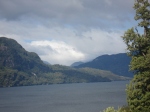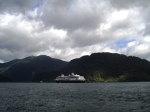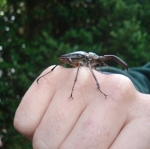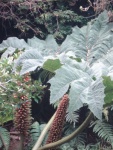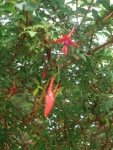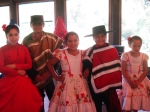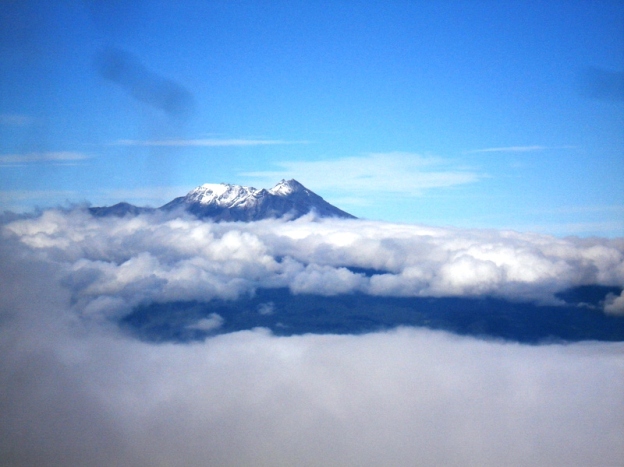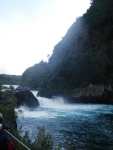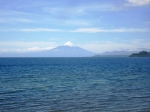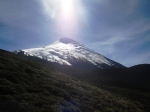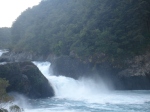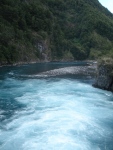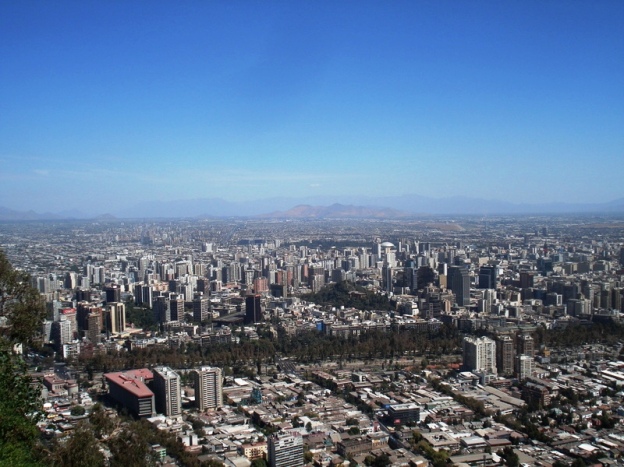Click on any image and toggle through to view slide show.
-
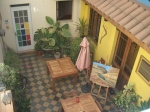
-
1Hostal Rio Amazonas
-

-
2 Catedral
-
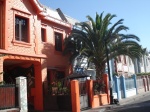
-
2a favorite street in Santiago called Vina del Mar
-
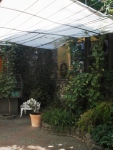
-
2La chascona courtyard
-

-

-
2Museo de Bellas Artes
-
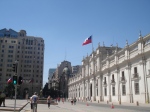
-
2Plaza Independencia
-
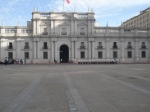
-
2Presidential Palace-Inauguration Day
-
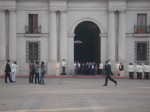
-
2Presidential Palace-Inauguration Day2
-
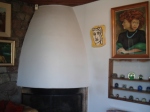
-
2Room in La Chascona with Rivera Portrait
-

-
2The poet is everywhere
-
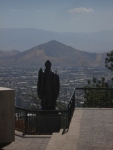
-
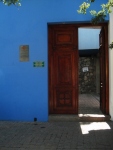
-
2The Neruda’s open door at La Chascona
-
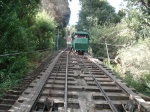
-
3on the fanicu at Cerro Cristobal
-

-
3View from Cerro Cristobal 2
-
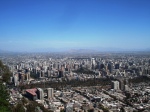
-
3view from Cerro Cristobal
-
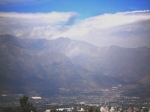
-
3mountains beyond Santiago
-

-
4aging in casks
-
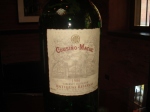
-
4 ’86 Cab–good stuff
-

-
4 Happy man with the winery tour guide
-
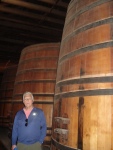
-
4 antique fermentation vats at Cousina Macul winery
-
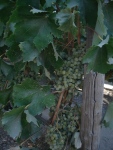
-
4 Chardonnay grapes
-
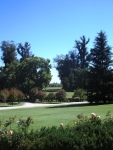
-
4Concha y Toro Gardens
-
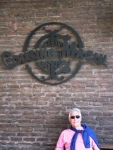
-
4doing research
-
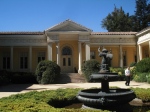
-
Concha y Toro original homestead
-
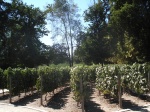
-
4gewurtztraminer grapes
-
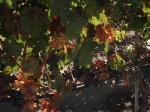
-
4harvest time
-

-
4more research
-

-
4tasting at Cousina Macul
-

-
4Trio-Chardonnay, Pinot Grigio, Pinot Blanc
-

-
5at La Vaquita Echa
-
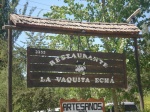
-
5 at long last
-

-
5cheesy tourist photo
-

-
5La Vaquita Echa
-

-
5Pirque-La Vaquita Echa
-

-
6Bar Galindo
-
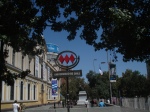
-
6College town
-
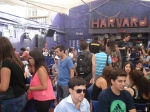
-
6Harvard Club Santiago happy hour
-
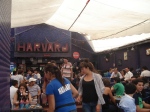
-
6Harvard Club Santiago-happy hour
-
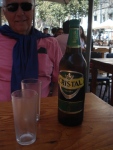
-
6 Oelkers Cristal
-

-
6Truth in Advertising
-

-
7lunch in the Mercado Central
-

-
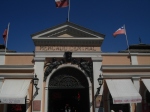
-
7Mercado Central entrance
-
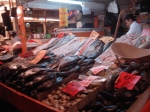
-
7Mercado Central
-

-
7Opening scallops
-
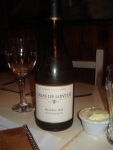
-
7Sauvignon Blanc- 8 bucks
-

-
8Barrio Brasil-corner
-

-
8Barrio Brasil-street art
-

-
8Barrio Brasil-street art1
-
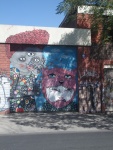
-
8Barrio Brasil street art2
-

-
8more street art
-
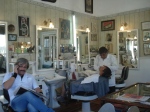
-
8Peluqueria Francesa-the barbershop
-

-
8Peluqueria the restaurant
-

-
8Peluqueria Francesa the antiques shop
-

-
8 street art
After a long delay in Lima, our plane finally took off for Santiago. We were a bit concerned since multiple delays meant landing at about 4 a.m. But we called our hostal and let them know we’d be delayed; they assured us someone answers the bell 24/7—we crossed our fingers. When we arrived, after taking the very reasonably priced airport shuttle service for a half-hour drive, we were exhausted. We walked up to the door, the shuttle driver took off without waiting, and there was a scribbled paper sign —“Bell does not work, please pull string gently.” This did not give us a good feeling. You can imagine how happy we felt to see Sebastian’s smiling face, in spite of the hour. The makeshift bell works perfectly well, and this place, Hostal Rio Amazonas, https://www.hostalrioamazonas.cl/?lang=en#quienes-somos was one of the favorite placeswe’ve been on this trip. The rooms were spacious and quiet, bathrooms modern, the building and common spaces just adorable and full of great original art, with a gorgeous central courtyard, high-speed free WI-Fi and a cute little bar with use of their computers if needed. We met travelers from all over the world–some RV’ers, some bikers, (both motor and pedal), some “flexitarians” like us who drive, fly, cruise, hike, or whatever works. It was fun at breakfast swapping tips and travel stories with our fellow gypsies. And once again, we came to realize that we have barely traveled compared to the year-long treks of some of these people from every stage of life—20’s, 30’s all the way up to 70’s. This is NOT the seedy European youth hostel of our youth—this is just a nice informal lodging, but with a much lower price tag. So many people just trade in their worldly encumbrance for wings—it’s hardly unique.
We didn’t know for sure until morning that we’d won the location lottery—this spot was absolutely ideal for us! But now for the real meat of the story—Santiago itself. I’d been to Chile before, but never to Santiago, except for airport stops. We absolutely adored this very cosmopolitan city. We found it to be clean, safe, super-friendly, and really easy to navigate. We did the usual tourist circuit.
Day one, sleep deprived, what does one really wish for? Not teaming noise and traffic, that’s for sure. Again, our good luck held out, as the South American Xgames were taking place that first day, so the streets were closed to traffic so that bicycle races could take place. It made it so much easier to walk into the city center, and to visit the Mercado Central where the daily catch of fish is hauled in for retail, restaurants, and wholesalers. It’s essential for us to visit a market in every city, as we’re all about the food and the wine. This did not disappoint. There are 10 or 15 restaurants right in the market, and when you order, they go to the fishmonger’s stall, pick out the fish, walk it across the way to the open-sided cooking area, and then drop it off at the table. Not elegant, but wow, is it yummy! A fish lover’s paradise, and the gorgeous Chilean whites from the Casablanca Valley are perfect with this simple food.
Ascending Cerro Cristobál, the hill in the Bellavista neighborhood overlooking the entire city of Santiago, gave us a sense of the enormous and beautiful the landscape in the city and its surrounds. We walked for miles, visiting the Catedral Metropolitana, the underground art spaces, the beautiful Palacio de Bellas Artes (fine arts and contemporary arts museums are housed there–free on Sunday, which was our arrival day—yeah!).
We even had a chance to visit wineries without even leaving Santiago. The wonderful staff at our hostal gave us detailed directions by Metro and brief (inexpensive) taxi rides to reach two wineries–the enormous Concha y Toro winery, which gives an excellent tasting and tour of both vineyard and cellars , and the Cousino Macul winery. In between, we had a fabulous lunch at La Vaquita Echa in Pirque. http://www.lavaquitaecha.cl/ It was a long walk from the winery, and we kept asking locals how much farther. Each one gave the same answer “about 300 meters on the right.” Three THOUSAND meters later, we got there–but it was worth every step for the traditional Chilean barbecue. There was music and dancing and a great rustic setting—a terrific afternoon just outside of the city proper.
Back in Santiago the next day, we visited La Chascona, the house of Pablo Neruda, http://www.fundacionneruda.org/en/la-chascona/visitors-information which had special meaning to me as a lifelong lover of his poetry. The entire neighborhood of Bella Vista seems dedicated to Neruda—the restaurants and bars quote him on their menus and walls, photos and memorabilia of Neruda’s days in Santiago are displayed everywhere. Apparently, when he was in residence with his love Matilde nicknamed “La Chascona” (the disheveled one), they had an “open door” policy. Anyone who wondered by was welcomed, and it became Santiago’s version of the wine-fueled bohemian and intellectual drawing room that Gertrude Stein created in Paris. It had an amazing vibe just being among their collections of objects and this quirky and original home. We were especially fond of the portrait of Matilde by Diego Rivera. Neruda is really beloved in Santiago and throughout Chile, and that warmth was palpable in the actual rooms where he made one of his homes.
Since we were staying right on the border between the Centro and the Barrio Bellavista, we had a chance to walk to everything we wanted to see. And Bellavista has the best restaurant and bar scene. We enjoyed an incredible performance by Hugo Cruz at La Casa en al Aire,www.lacasaenelaire.cl/He is one of the most soulful Tango singers you can imagine–he literally gave us chills. We also enjoyed Galindo, a great gastropub packed with late-night revelers and serving amazing food. The slide show includes a photo of us enjoying a bottle of “Cristal” at a sidewalk café. ( Not the French champagne Cristal of our New York expense-account days. ) This is the local beer, selling for 1500 Chilean pesos a Litre!($3US) The most popular bar in Bellavista was “Harvard,” aka “The Harvard Club.” This cracked us up; it was full from noon to 3 am, mostly with students from the 5 local Universities. We took a picture but didn’t light there; we definitely would have raised the average age. One other happy coincidence—we were in Santiago for the Presidential inauguration. Since term limits are for only four consecutive years, the conservative president is leaving and the socialist president is taking another shot at it—she served four years ago. They seem to be alternating, and can do so indefinitely. But it did my heart good to this peaceful, uneventful transition of power,( especially since the last time I was in Chile, there was serious political unrest and a midnight curfew)—a profound improvement for this wonderful country.
On our last day in Santiago, we took the Metro to the Barrio Brasil, an up and coming neighborhood that reminded us of New York’s Soho or maybe Tribeca, back in the 1970’s or early 80’s. This fringe neighborhood is full of galleries , creative spaces, antiques stores, and street art- fun to visit. We discovered “La Peluqueria Francesa” –the French Barbershop—rumored to have been created for Napolean when this neighborhood was a French quarter. http://www.boulevardlavaud.cl/ I’m not sure the history is true, but it is a fun, quirky restaurant/bar/barber/antiques store. Even finding the restroom (disguised by an armoire entry) was entertaining. And the seafood chupe we had was really rich and quite memorable, as was our server Julian, a young Frenchman married to a Chilena, so proud of this special place.
Next trip—and we’re certain we will be coming back to Chile—we’ll visit the ski resorts and the Atacama desert. But for this trip, we headed to the coast and then down to Patagonia for the glaciers, volcanoes, penguins and guanacos. More Chilean adventures to follow!
Click on a photo and toggle through to view the slide show.


























